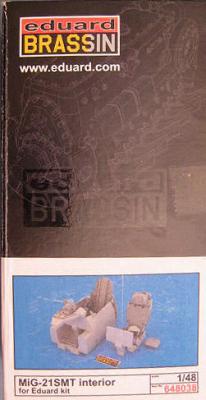First, thanks once again to Gary at Squadron for providing IPMS/USA yet another review item. We count on the support of many companies, small and large; Squadron has survived just about every trial and tribulation imaginable for a business while continuing to provide excellent service and products!
With Squadron having branched out into the aftermarket genre over the past few years, their in-house products continue to improve in quality. Such is the case with these propeller and spinner assemblies.
The Revell/Monogram (RM) P-61 was, at the time of its release in 1974, a market-setter for detail. In many ways, it still is, but the kit propellers have a difficult-to-remove seam between the front and rear spinner halves, and there is no propeller mounting boss detail as is very evident on the real item; the RM blades are cast to the front spinner dome. Strong, certainly, but improvement could be made…















